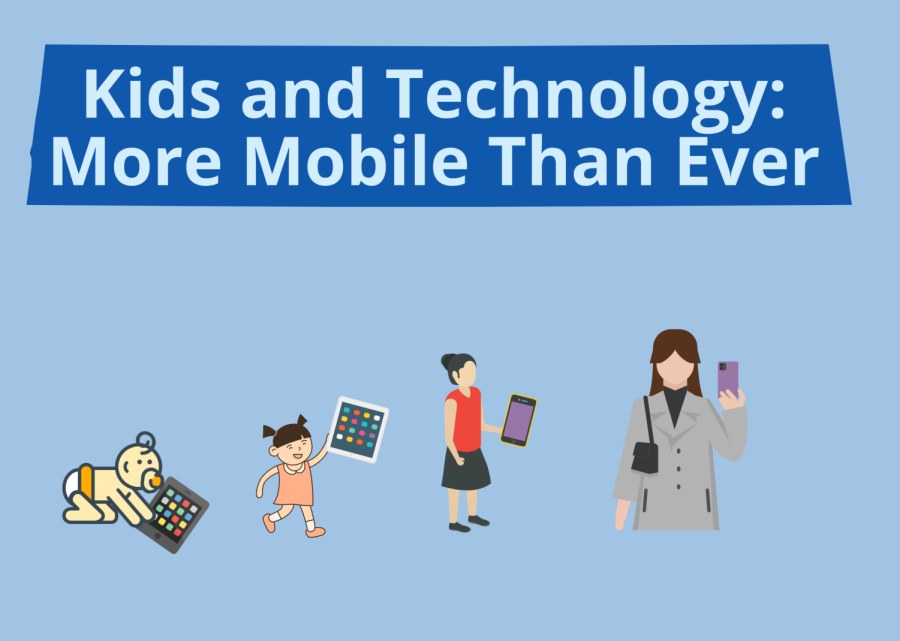The Young Generation’s Screen Dilemma
With the rise of a modern world, technology has become widely used. With the increase of technology use came the decrease of amount of sleep, free time, and face to face conversations. A major contributor to the current technology-obsessed culture was the pandemic. Many became affected by the cutoff from physical contact and social interactions. This resulted in a steep increase in people being online, especially those who are below eighteen. The uses for technology expanded greatly from just connection to distant, missed friends to solo, physically-isolated use. For people ages 8-18, the easiest way to disconnect and disengage from the world around them is through technology.
A survey led by Common Sense, a non-profit organization dedicated to researching important information to improve the lives of children and families, found that kids were not only using screens for connection with friends. With so much time on their hands, kids during the pandemic spent most of their free time on screens scrolling through social media. Melinda Wenner Moyer, journalist and author for the New York Times, discovered that, “Teens, for instance, reported spending more than three hours a day on average watching videos or TV […] but only 20 minutes a day video-chatting with friends.”
A decreased independence comes along with the prioritization of technology in younger ages. Kids spend more time alone instead of going outside, having conversations, or having a family meal. Skills such as focusing and learning could become negatively affected by the excessive use of phones, iPads, or computers. Additionally, the safety of young kids on technology is never guaranteed. According to the AACAP, American Academy of Child and Adolescent Psychiatry, “Parents cannot assume that their child will be protected by the supervision or regulation provided by the online services. Most ‘chat rooms’ and social media sites are completely unsupervised.”
Young kids, if not given boundaries, are exposed to an overwhelming variety of information ranging from educational to violent. Without that moral filter necessary, kids could believe that everything they see or read is accurate information. They are easily manipulated, misled, or cyberbullied. The problem here is that, during this time kids begin to discover and develop a sense of identity online as well as offline.
For future generations, the question is what the outcome will be. Technology use has increased greatly but, while being greatly beneficial in many areas, the negative effects on younger people increase as well.




